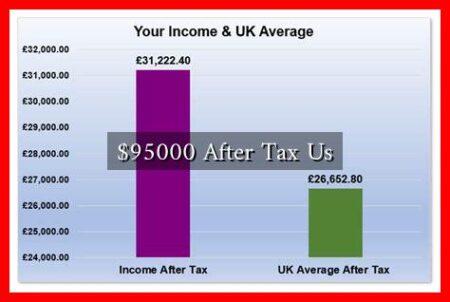-
Table of Contents
Understanding Canada-US Tax Treaty Article XV
The Canada-US Tax Treaty, officially known as the Convention Between Canada and the United States of America with Respect to Taxes on Income and on Capital, was established to prevent double taxation and fiscal evasion. Among its various provisions, Article XV plays a crucial role in addressing the taxation of income derived from employment. This article provides a comprehensive overview of Article XV, its implications, and its significance for individuals and businesses operating across the Canada-US border.
Overview of Article XV
Article XV of the Canada-US Tax Treaty specifically deals with the taxation of income from employment. It outlines the conditions under which employment income is taxable in either country, aiming to provide clarity and fairness for cross-border workers. The key points of Article XV include:
- Tax Residency: The article stipulates that employment income is generally taxable in the country where the employee is a resident.
- Source of Income: If the employment is exercised in the other country, that country may also tax the income, but only under specific conditions.
- Duration of Stay: A critical factor is the duration of the employee’s stay in the host country, which can affect tax obligations.
Key Provisions of Article XV
Article XV contains several important provisions that determine how employment income is taxed. These include:
- General Rule: An individual is only subject to tax in the host country if they are present for more than 183 days in a tax year.
- Employer’s Role: If the employer is a resident of the host country, the income may be taxed there, regardless of the employee’s residency.
- Exemptions: Certain exemptions apply, such as when the employee is sent by their employer for a temporary assignment.
Implications for Cross-Border Workers
For individuals working across the Canada-US border, understanding Article XV is essential for compliance and tax planning. Here are some implications:
- Tax Planning: Cross-border workers must be aware of their residency status and the duration of their stay to avoid unexpected tax liabilities.
- Double Taxation Relief: The treaty provides mechanisms to claim relief from double taxation, ensuring that individuals are not taxed on the same income in both countries.
- Documentation: Proper documentation is crucial for claiming treaty benefits, including tax residency certificates and proof of employment.
Case Studies and Examples
To illustrate the practical application of Article XV, consider the following examples:
- Example 1: A Canadian resident works for a US company and travels to the US for a project. If they stay for less than 183 days, their income may only be taxable in Canada.
- Example 2: A US resident is assigned to work in Canada for more than 183 days. In this case, they may be subject to Canadian taxes on their employment income, but they can claim a foreign tax credit in the US.
Statistics and Trends
The cross-border workforce between Canada and the US has been growing steadily. According to Statistics Canada, over 300,000 Canadians work in the US, while approximately 100,000 Americans are employed in Canada. This trend highlights the importance of understanding tax treaties like Article XV to ensure compliance and optimize tax obligations.
Conclusion
Article XV of the Canada-US Tax Treaty is a vital provision that governs the taxation of employment income for cross-border workers. By understanding its key provisions and implications, individuals and businesses can navigate the complexities of international taxation more effectively. As the workforce continues to become more mobile, staying informed about tax treaties and their applications will be essential for minimizing tax liabilities and ensuring compliance.
For more detailed information on the Canada-US Tax Treaty, you can visit the official [Canada Revenue Agency website](https://www.canada.ca/en/revenue-agency.html) or consult a tax professional specializing in cross-border taxation.


